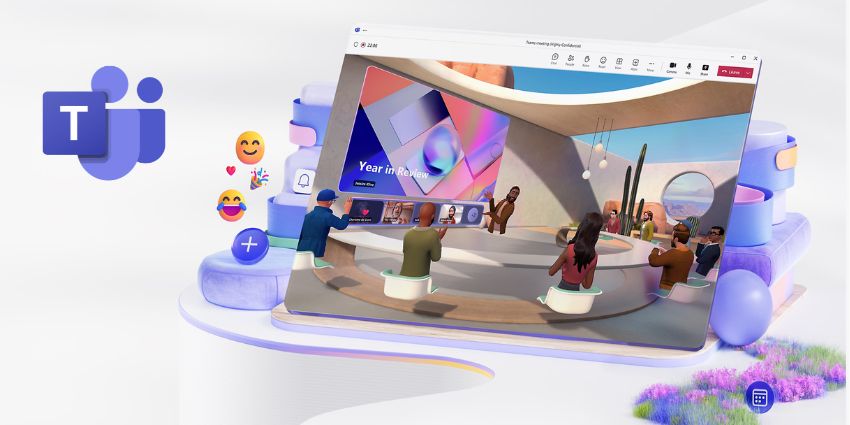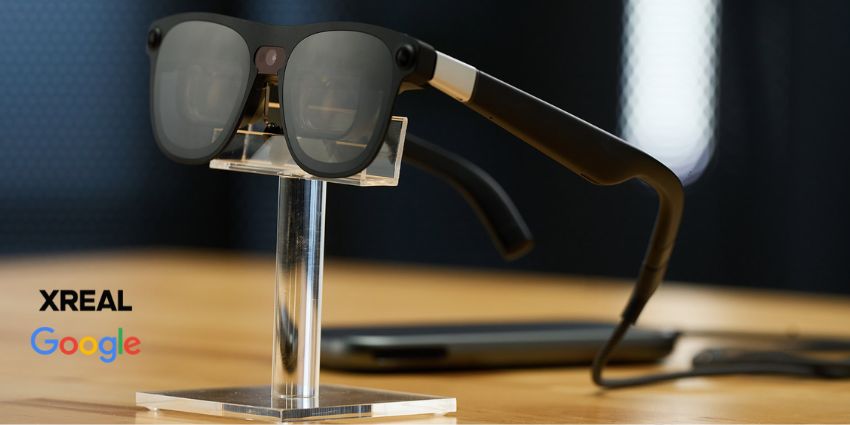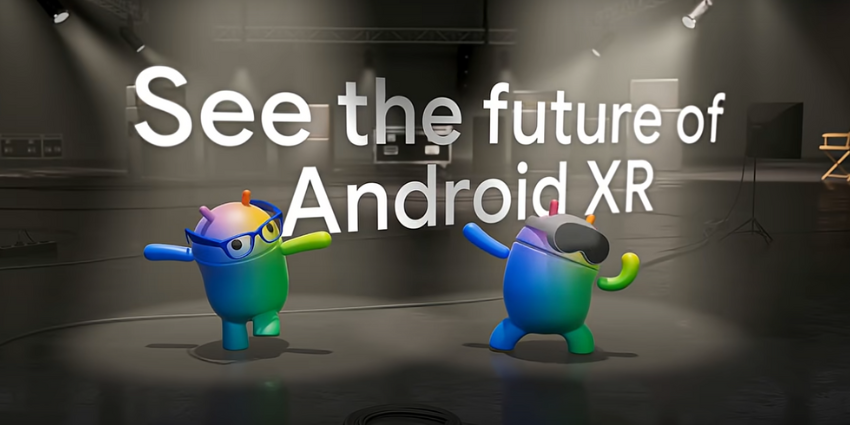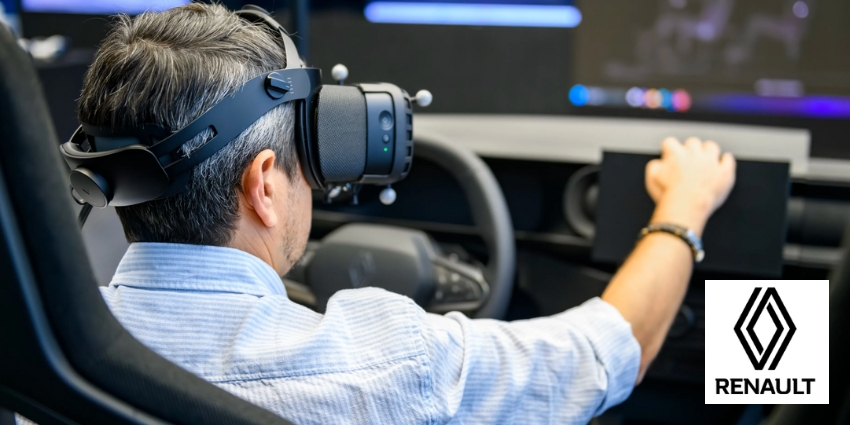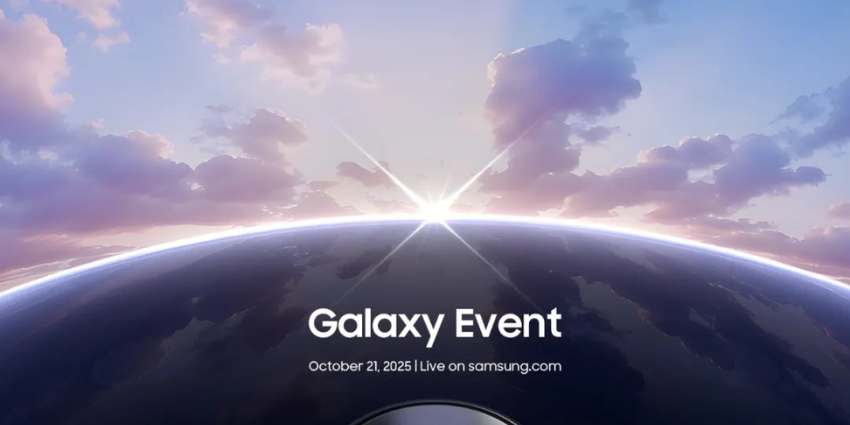Microsoft has officially launched public preview access to immersive events in Microsoft Teams, bringing its Mesh-powered 3D collaboration experience directly into the workplace platform used by millions.
With no downloads, no special hardware, and no complex setup, the new feature allows organizers to host fully interactive, customizable events for up to 300 participants – right inside Teams. Attendees simply click the calendar invite, hit “Join,” and drop straight into a spatial, avatar-driven environment.
This isn’t XR as an add-on. This is XR embedded.
Mesh Becomes Enterprise-Ready
Microsoft Mesh has been in development for several years – originally pitched as a mixed reality collaboration platform that relied heavily on headsets and bespoke spaces. But now, Mesh’s immersive capabilities are being folded directly into Microsoft Teams, turning it into a scalable, intuitive, and secure solution for enterprise-grade virtual events.
The result? A seamless, familiar interface for setting up 3D meetings, town halls, and celebrations – all with built-in support for avatars, spatial audio, interactive elements, and real-time engagement tools.
“Now anyone can host customizable 3D events where people connect from anywhere, interact through avatars, and have natural conversations that feel like being in the same room.”
Why Enterprise Teams and XR Pros Should Take Note
This launch is more than a user experience upgrade – it’s a strategic integration that redefines how businesses approach digital engagement.
For enterprise buyers, immersive events solve a key challenge: creating meaningful, branded experiences in a hybrid-first world without burdening IT or requiring external software. Everything happens within Microsoft 365, including identity and security management.
For XR professionals, this marks a shift in how immersive technology is distributed and adopted. No longer a niche platform, Mesh is now a feature inside Teams – lowering the barrier to entry for immersive collaboration at scale.
Whether you’re hosting an all-hands update or launching a new product, the promise is the same: Presence without friction.
What You Can Do with Immersive Events in Teams
Organizers can now launch and personalize 3D events directly in Teams using no-code tools. Key features include:
- No downloads, no VR headset required (though supported)
- Pre-built 3D templates for both formal and informal events
- Interactive customization: Add logos, videos, 3D models, text, and more
- Avatar integration: Join as an avatar or floating profile pic
- Spatial audio and movement: Walk around and engage naturally
- Presenter tools: One-click spotlight, Q&A teleporting, audience reactions
- Secure, M365-native experience: Built-in compliance and user management
Event setup is simple: schedule from your Teams calendar, edit your immersive space, and send out the invite. Attendees need just two clicks to join.
Microsoft has quietly taken one of XR’s biggest challenges – accessibility and adoption – and solved it with two clicks and a calendar invite.
So here’s the question: if immersive meetings are now this easy, how long until they become the norm rather than the novelty?
And if Microsoft is setting the standard with Mesh + Teams… will Google, Zoom, or Apple be far behind?
Why All This Matters
There’s no question immersive events represent a powerful shift in how businesses engage distributed teams and global audiences. Microsoft’s biggest strength here may be its low-friction deployment: no new apps, no niche headsets, no complex onboarding. For industries like finance, healthcare, education, and beyond, this lowers the bar to participation significantly.
But enthusiasm must be tempered by pragmatism. Enterprise buyers will want to see:
- How scalable and stable is this in practice?
- Does it support diverse hardware environments (low-end laptops, mobile, etc.)?
- Can users really create compelling 3D spaces in minutes – or will it require training?
If Microsoft can deliver on these promises, it could mark a turning point not just for Mesh, but for enterprise XR more broadly.
In their recent announcement, Microsoft said:
“We’ve made it easy to get started. Now anyone can host customizable 3D events where people connect from anywhere.”
Time – and user feedback – will tell.
Want to try it? Explore Microsoft Immersive Events here.
Join the XR Conversation
To keep up with the future of immersive tech in the workplace:
Join our XR Today LinkedIn Group – connect with 2,000+ industry pros
Subscribe to our Newsletter – get the top XR stories in your inbox each week
